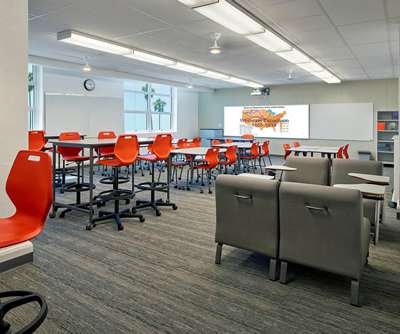MiEN Company Releases White Paper on How Flexible Furniture Creates Active Learning Environments
eSchool News
JANUARY 5, 2021
Districts and schools are increasingly adopting active learning practices in order to address businesses’ demand for employees capable of creative and collaborative work. But one commonly overlooked factor in this transition is classroom design. Unfortunately, most classrooms look the same as they did 20-30 years ago.












Let's personalize your content